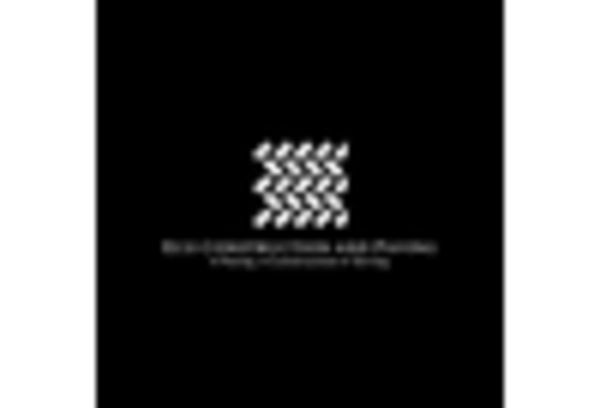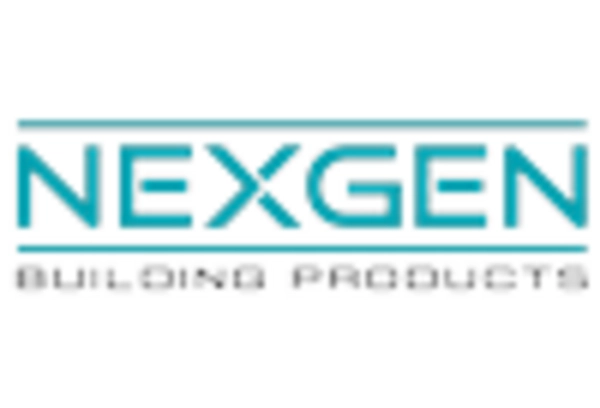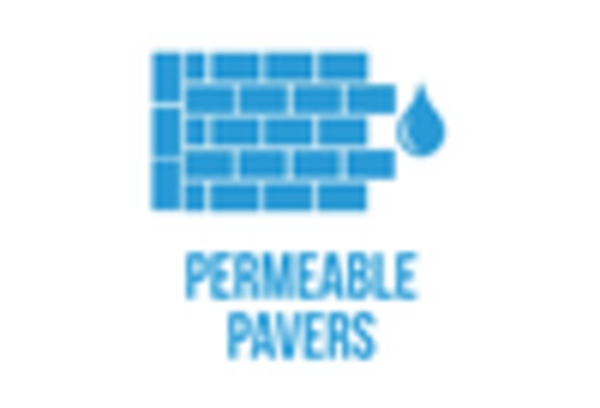Pervious Pavement Size
Pervious Pavement Market Growth Projections and Opportunities
Pervious Pavement Market size was USD 18.5 billion in 2022. It is expected that the Pervious Pavement market industry will grow from $19.4435 billion in 2023 to $28.9465 billion by 2032, at a CAGR of 5.10%.
The pervious pavement market is subject to a multitude of factors that comprise its dynamics at the end. One crucial factor is the attention given to sustainable and environmentally friendly construction methods with pervious pavement providing a solution to stormwater management challenges. With the cities’ urbanization becoming intense and with the increasing concern about climate change, there has been a call for innovative pavement solutions that allow water penetration and reduce runoff. Porous pavement with its permeable features is an effective tool to overcome these environmental concerns because it is very much necessary in the areas where stormwater management is a prevalent issue.
Technological developments in previous pavement materials and techniques of construction bring about the dynamics of the market. On the other hand, research and development activities continuously aim at improving the resistance, bearing capacity, and breathability of pervious pavements. Mix designs, additives, and installation methods innovations strive to improve the performance of pervious pavements taking into account temperature and traffic conditions as they affect the construction sector and planning authorities needs.
The government laws and environmental programs are the key factors that define the Pervious Pavement market. Water management regulations related to stormwater, water quality, and environmental impact should be complied with by pervious pavement producers and erectors. Changes in rules that either incentivize or mandate the adoption of permeable pavements direct the market by promoting the use of sustainable practices in building projects.
Environmental factors hold the critical position in the market of Pervious Pavement. As people become more nervous about sustainable infrastructure and water saving, the porous pavement is an environmentally friendly option to the traditional impervious surfaces. These pervious pavements enable rainwater to percolate through, thereby retarding surface runoff, countering flooding and replenishing groundwater. The market, in turn, produces pervious pavement solutions which are compatible with the environmental responsibility concept of the industry.
Climatic conditions and geographical factors also influence the development of Pervious Pavement market. The performance of pervious pavements is dependent on these factors; freeze-thaw cycles, soil type and local climate conditions. The market adapts by providing suitable pervious pavement options ensuring the solution is applicable and robust under different environmental conditions.


















Leave a Comment